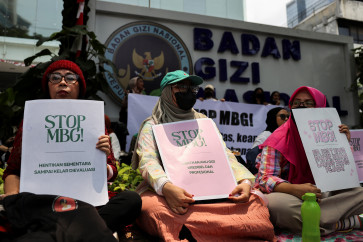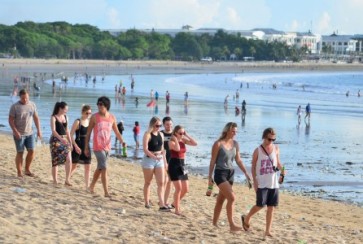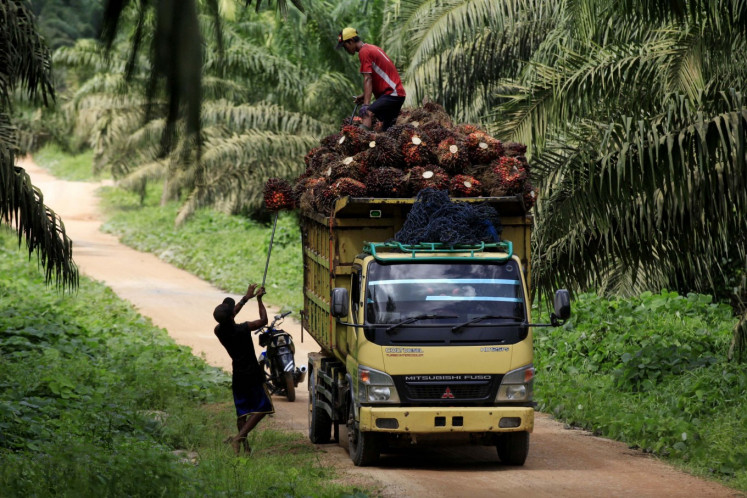Popular Reads
Top Results
Can't find what you're looking for?
View all search resultsPopular Reads
Top Results
Can't find what you're looking for?
View all search resultsFire in Unhas education forest escalates
While forest and land fires in other areas have finally decreased with rainfall in some regions, a fire that has ravaged the educational forest of Hasanuddin University (Unhas) in Makasssar, South Sulawesi, continues to grow
Change text size
Gift Premium Articles
to Anyone
W
hile forest and land fires in other areas have finally decreased with rainfall in some regions, a fire that has ravaged the educational forest of Hasanuddin University (Unhas) in Makasssar, South Sulawesi, continues to grow.
As of Tuesday the fire was reported to have burned up to 40 hectares of forest in Bengo village, Kimapoccoe subdistrict, Maros regency, close to the protected forest in Bantimurung-Bulusaraung National Park.
The fire, which began in three spots in the pine forest, was first detected on Monday at 11:30 a.m. local time.
Maros Forestry Agency head Muhammad Nurdin said that fires in some areas on the eastern side of the range had been extinguished, but the ones on the western side had expanded and almost reached the protected forest.
'Due to strong winds the fire has expanded rapidly,' Nurdin said on Tuesday.
He said efforts to extinguish the fire were being conducted by personnel from the local military, police, forestry agency, Maros Disaster Mitigation Agency (BPBD), Bantimurung-Bulusaraung National Park and Unhas students.
Maros BPBD head Suyuti and dean of Unhas' School of Forestry, Yusran both said that trees in the forest were dry due to the long dry season, making them burn easier.
Meanwhile in North Sumatra, the haze that has blanketed the province has reportedly begun to subside as the number of hot spots in neighboring Pekanbaru, Riau, also decreased due to rainfall.
Lestari Irene Purba of the Meteorology, Climatology and Geophysics Agency's (BMKG) Medan office said that almost all regions in North Sumatra including Medan were now free of haze.
Lestari said the haze that blanketed North Sumatra had come from South Sumatra and Riau. As of Tuesday, only 37 hot spots were detected across Sumatra, of which 36 were in South Sumatra and the other in Pekanbaru, Riau.
Separately, in Balikpapan, East Kalimantan, the city health agency reported over 3,500 cases of acute respiratory infection (ISPA) as of mid-September due to the haze.
'By the end of August we had 2,400 cases of ISPA and by mid September the figure increased drastically to 3,559 cases,' the agency head Balerina JPP said.
Balikpapan has been exposed to haze for the last four weeks, although it has not been as thick as in other cities in Kalimantan. Visibility in Sepinggan Airport, Balikpapan, was still over 10 kilometers.
N. Abdi contributed to this article from Balikpapan.










